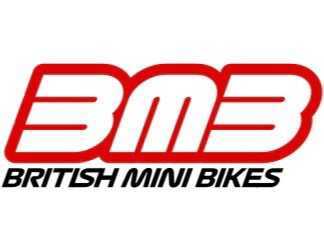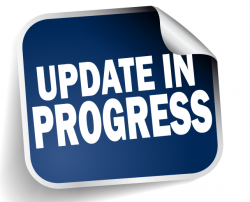CONTROL OF EXHAUST NOISE LEVEL
NOISE CONTROL
As of March 2021 we will be enforcing a strict noise limit to all machines that race with us.
This will be set as per the current ACU regulations with minor alterations to suit our sport as set out below.
The limits for the BMB will be
105 Dba Static / 98 Dbc Drive by
14.8 CONTROL OF EXHAUST SOUND LEVEL
1. The Clerk of the Course will disqualify any machine which exceeds the maximum permitted sound level, or which in his opinion is deemed to be excessively noisy.
2. Noise limit in force for all machines is a maximum of 105dB/A when tested statically. For testing, the fixed RPM specified in 6 below will be used.
3. The noise test will be conducted with the microphone placed at 50cm from the exhaust pipe at an angle of 45° measured from the centre-line of the exhaust end and at the height of the exhaust pipe, but at least 20cm above the ground. If this is not possible, the measurement can be taken at 45° upwards.
4. During a noise test, machines not equipped with a gear box neutral must be placed on a stand.
5. A RPM Meter will be attached to the HT lead and The driver shall keep his engine running out of gear and shall increase the engine speed until it reaches the specified Revolutions Per Minute (RPM). Measurements must be taken when the specified RPM is reached.
6. The noise test will be conducted at a fixed rate of 3500 RPM for 4 stroke machines & 4200 RPM on 2 stroke machines. (amended on 1st July 2021 to meet new ACU directives on noise emission control)
7. A machine that does not comply with the noise limits may be presented several times at pre-race control but must meet the required level before it will be allowed on the circuit.
12. The surrounding noise should not exceed 90 dB/A within a 5 meters radius from the power source during tests.
13. Apparatus for noise control must be to international standard IEC 651, IEC60651, IEC61672 Type 1 or Type 2.
14. The “slow response” setting must always be used.
15. Due to the influence of temperature on noise tests, all figures are correct at 20°C. For tests taken 266 ROAD RACING AUTO CYCLE UNION HANDBOOK 2020 at temperatures below 10°C there will be a + 1 dB/A tolerance and for tests below 0°C, a + 2 dB/A tolerance.
16. Noise control after the competition. At this final test, there will be a 1 dB/A post race tolerance.
17. Guidelines for the use of Sound Level Meters
1. The Sound Inspector must arrive in sufficient time for discussions with the Clerk of the Course and other Chief Technical Officials in order that a suitable test site and testing policy can be agreed.
2. Two sets of equipment must be available in case of failure of tachometer, sound level meter or calibrator during technical control.
3. In other than moderate wind, machines should face forward in the wind direction. (Mechanical noise will blow forward, away from microphone).
4. ‘Slow’ meter response must be used.
5. ‘A’ weighted setting on sound level meter.
6. Always round down meter reading, that is: 103.9 dB/A = 103 dB/A.
7. Below 10° Celsius: deduct 1 dB/A Below 0° Celsius: deduct 2dB/A
All tolerances are accumulative. Action taken will depend on the sporting discipline concerned, and decisions taken during prior discussions with the Clerk of the Course.
POST RACE COMPLIANCE NOISE TEST
During the post-race compliance testing, a noise level reading will be taken in the Dyno booth on separate equipment. The acceptable level on this equipment is max — CURRENTLY BEING ASSESSED — db. The in-booth level has been equated from back-to-back readings on machines that have passed the outside static test and allowing a post-race allowance of plus 3dba. Anything above this level will be deemed as not compliant and the rider will be excluded from the points.
DRIVE-BY NOISE TEST
All vehicles will be periodically checked by a 98dbc drive-by test at approx 8m from the edge of the circuit. Anyone above this limit will be statically checked and will not be allowed back on the circuit until they have passed a static test.

